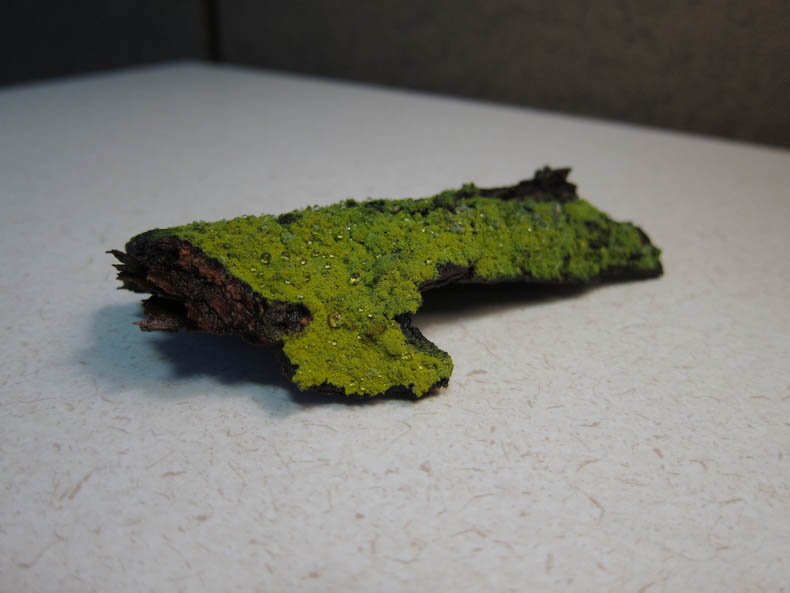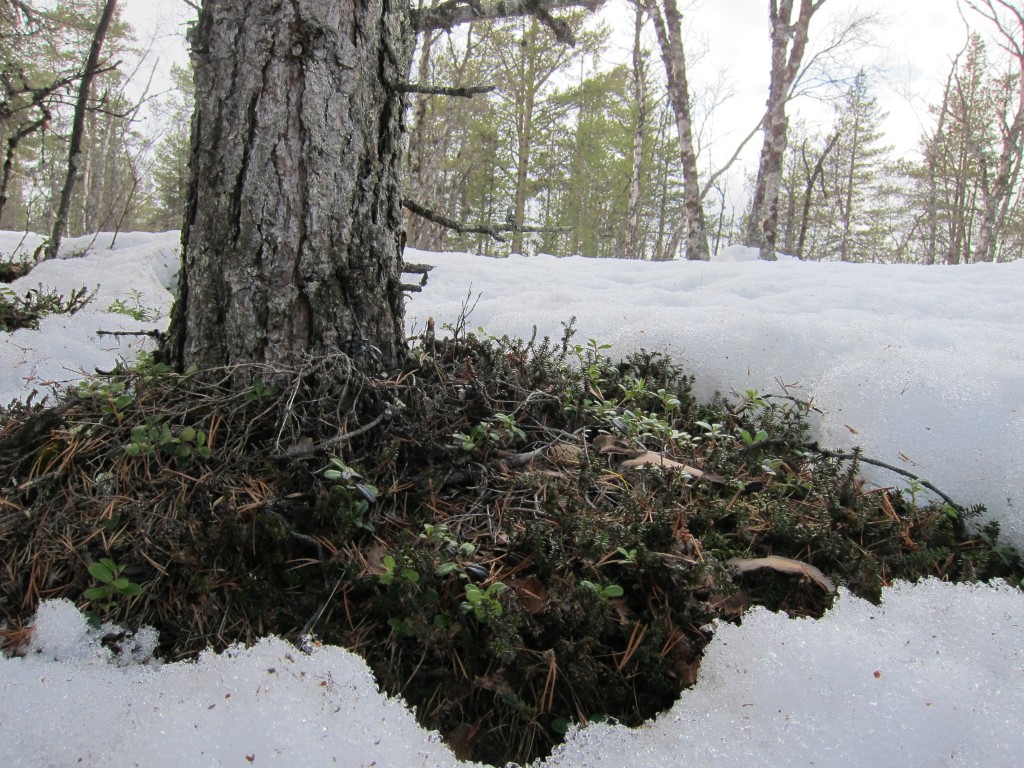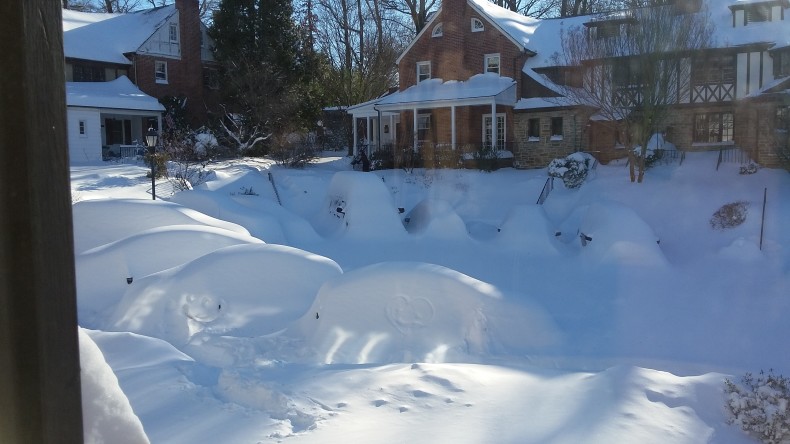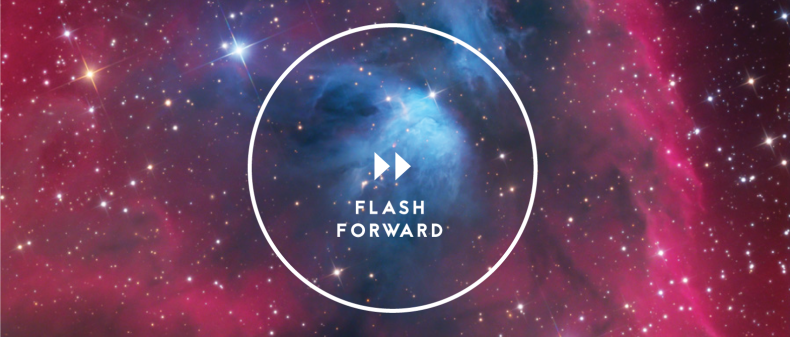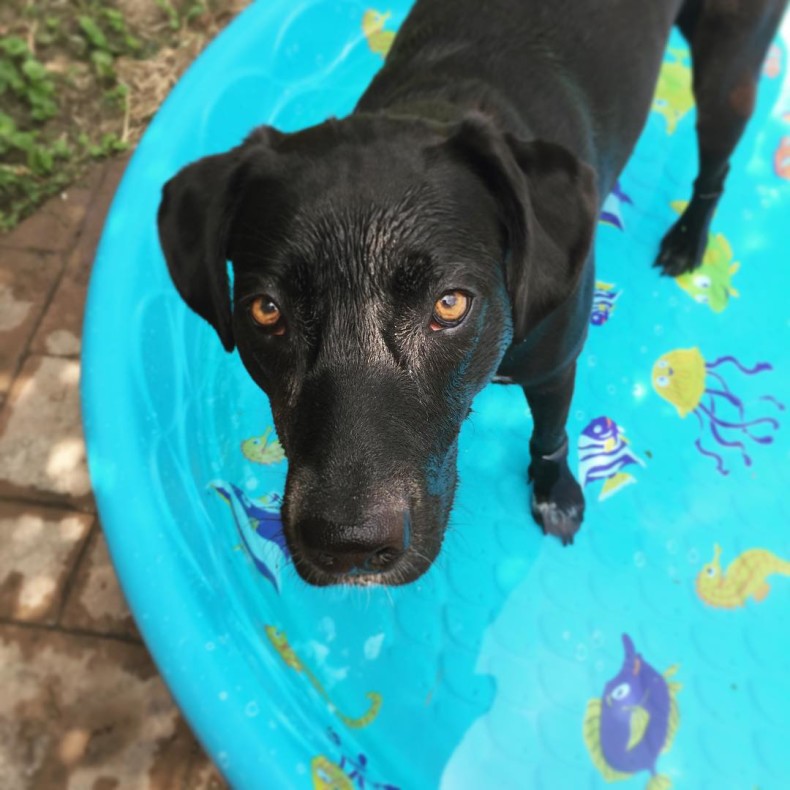
Eleven years ago this week, my 67-year-old mother died from a brain tumor. It was Glioblastoma multiforme, an insidious fourth-stage cancer that, without treatment, usually kills within three months. Treatment options are miserable for the patient and not terribly effective; for those who opt for surgery and radiation/chemo, the cancer almost always returns within a year or so. We chose hospice care, and my mom died at home two months and 13 days after her diagnosis, voiceless and shrunken, a husk of the woman she’d been. (I’ve posted about her on LWON before.)
The same cancer killed a 49-year-old friend of my husband’s and mine in 2014. This gentle and much beloved man spent his final months beaten down by two surgeries and hopped up on steroids, fighting for access to an experimental drug under the FDA’s compassionate use policy. (He had “flunked out” of the clinical trail for various reasons, but the drug had by that time been formulated for him.) With an inept doctor as his advocate, approval was slow and, by the time permission came to begin the infusions, our friend was already dying. We can’t help but wonder whether the drug might have saved him if administered months earlier.
With all that behind me, whenever I see “brain cancer” or “glioblastoma” in a headline, I can’t help but read on, skimming ahead in search of good news. Sometimes I think maybe, just maybe, researchers are actually going to find a way to wrestle this life-sucking monster to the ground. Continue reading
